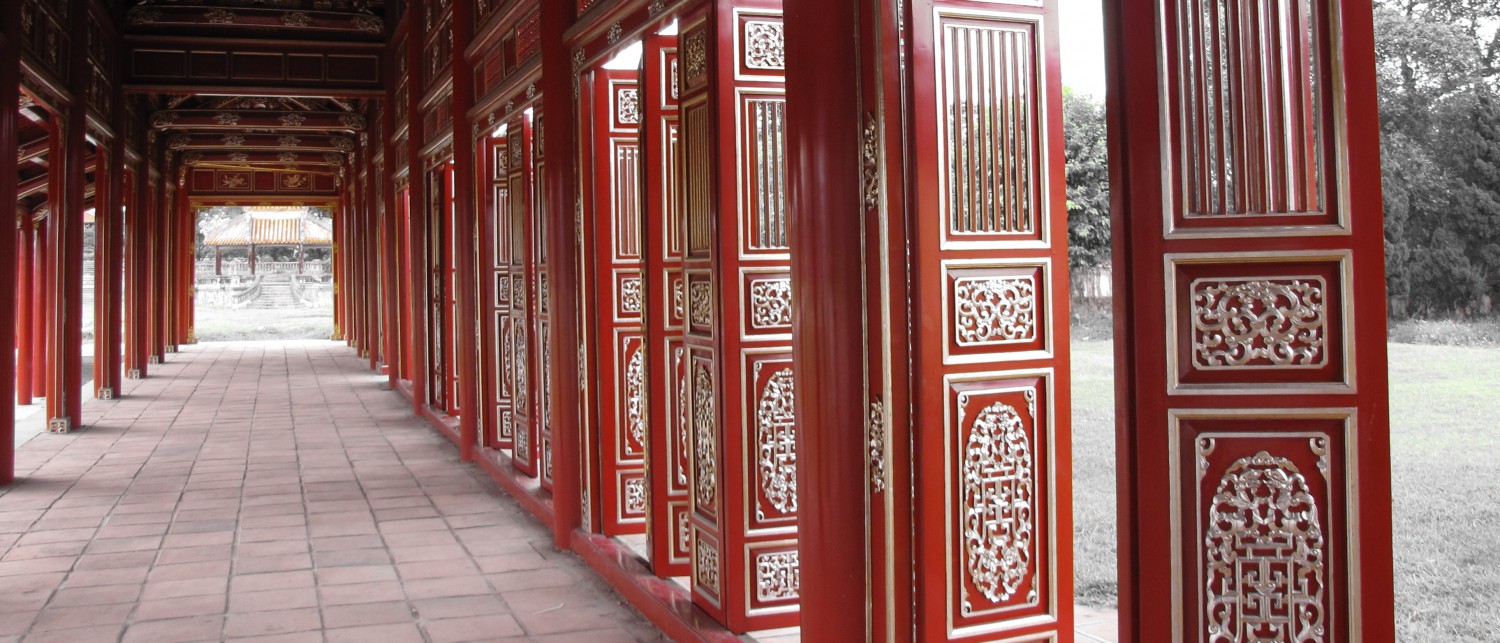
Joe Karetak heard broken propeller shrapnel whiz through the air as the blade of the sinking helicopter—sent to rescue him and his son, Joe Jr.—hit the ice. The chopper crashed into the floe somewhere outside the hamlet of Arviat on the western shore of Hudson Bay in Nunavut, Canada, a long way from everywhere. The pilot was frantically trying to get out of the cockpit. Twenty feet across the open water created by the crash, Karetak was powerless to help. He had already spent nearly 24 hours lost in a boat in the Arctic Ocean, and adrift on an ice floe, in frozen clothes at minus 70°F.
“This can’t be happening,” thought the Inuit hunter, then 53 years old. “This is just unbelievable.”
The pilot managed to kick open the door and started swimming through the water toward him. Karetak reached out his harpoon and pulled the man onto the ice. He immediately wrapped him up in a parachute and sleeping bags, trying to save the man who had come to rescue him and his son. “I tried to heat him up with my body, talking with him to keep him from shock,” Karetak says.
Read more at National Geographic Adventure.


/https://public-media.smithsonianmag.com/filer/10/5d/105d2932-5182-4f2d-a982-e6a080c904fc/shuffling_cards.jpg)

/https://public-media.smithsonianmag.com/filer/7a/05/7a055096-d0b4-4330-aef2-6a8177360fff/cuzco-skull.jpg) Near the beginning of the 3rd century in ancient China, Han Dynasty leader Cao Cao is said to have called upon a famous doctor named
Near the beginning of the 3rd century in ancient China, Han Dynasty leader Cao Cao is said to have called upon a famous doctor named /https://public-media.smithsonianmag.com/filer/e8/6b/e86ba545-64d3-4a3f-9f86-48a557d9c650/yaxchilan_1.jpg) Archaeologists have long assumed that Maya tools like obsidian blades, bone needles and even stingray tails found in ritual contexts were used for bloodletting rituals. The problem is, it’s hard to be sure. Researchers find obsidian blades all over the place, and many of them appear to have been used simply as kitchen knives.
Archaeologists have long assumed that Maya tools like obsidian blades, bone needles and even stingray tails found in ritual contexts were used for bloodletting rituals. The problem is, it’s hard to be sure. Researchers find obsidian blades all over the place, and many of them appear to have been used simply as kitchen knives.



 For the past 100 years, the Haida First Nations tribe in Canada has watched the salmon runs that provided its main food source decline. Both the quantity and quality of its members’ catch in the group of islands they call home, off the coast of British Columbia, continued to drop.
For the past 100 years, the Haida First Nations tribe in Canada has watched the salmon runs that provided its main food source decline. Both the quantity and quality of its members’ catch in the group of islands they call home, off the coast of British Columbia, continued to drop.